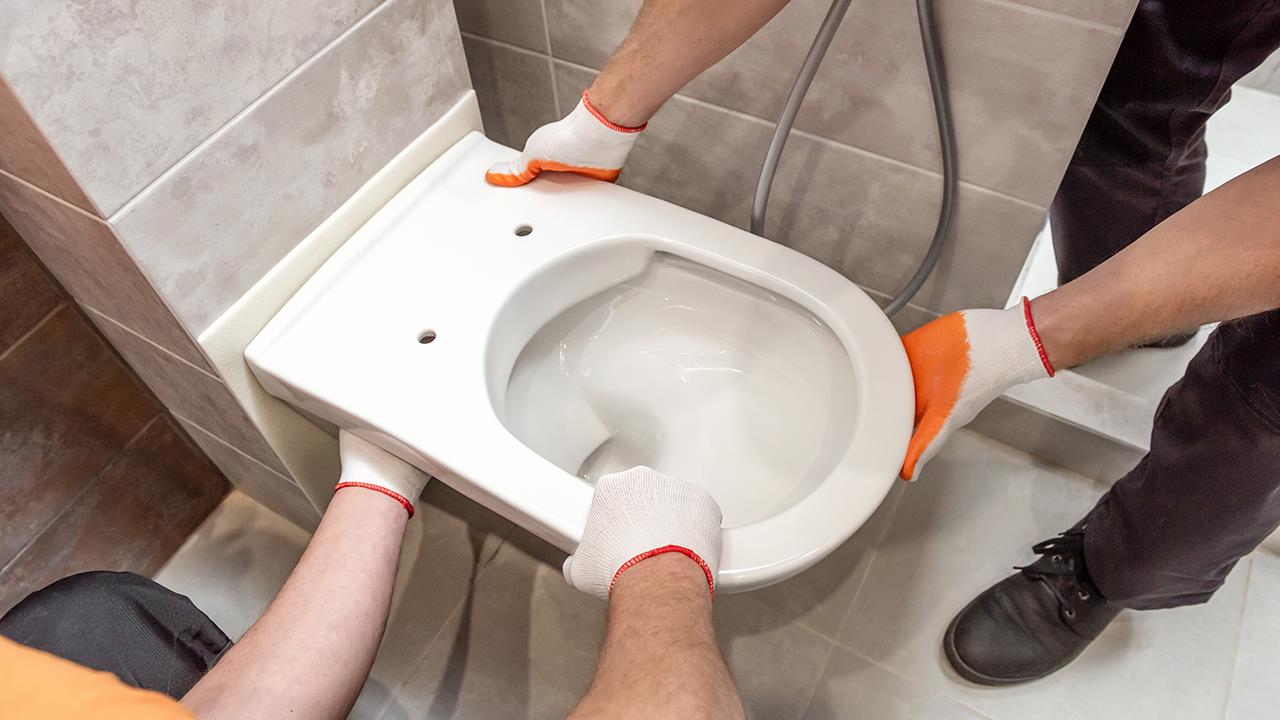

This follows a public consultation to make water efficiency labelling mandatory by 2025, which received widespread support and is one of the pledges in the government’s Plan for Water. Products that will be subject to labelling include toilets, urinals, bathroom basin taps, shower outlet devices and shower assembly solutions, dishwashers, washing machines, and combination washer-dryers.
The aim is for these labels to echo energy efficiency labels, with a category rating from A to F on household goods. The majority of respondents (74%) agreed that the proposal will help to reduce water consumption by 2038.
Water Minister Rebecca Pow said: "Labels are a simple and effective way to help the public save water when buying their next dishwasher or washing machine. Providing people with the information to make an informed choice means not only less water being wasted but also keeping bills lower too.
"With demand for water growing and challenges from climate change, this government is acting to make sure England’s water system is resilient – and through our Plan for Water we’ve set out how more investment, stronger regulation and tougher enforcement will help secure water resources for the future.
Based on 2019 prices, the label could help save £125 million on water bills and £147 million on energy bills over 10 years, and 1,200 million litres of water a day across the UK - equivalent to 480 Olympic swimming pools. These projections are based on research from the Energy Saving Trust, funded by Defra and Waterwise, which found that a mandatory government led label would lead people to adopt more water efficient behaviours. By encouraging them to choose a device labelled as highly water efficient, consumers will see decreased bills through water savings and subsequent energy savings related to hot water use.
The government will continue to engage with industry on further details, such as how each category will be defined and the visual design of the label. The government has set a target to reduce the use of public water supply per person by 20% by 2038. Water efficiency labelling will form a key part of this goal, as laid out in the government's Plan for Water.
The Environment Agency’s review of draft Regional Water Resource Plans found an additional 4,000 million litres of water a day will be needed in England by 2050 to meet future supply pressures. Approximately half of this amount will need to be delivered through demand management measures, including reducing leakage, and household and non-household consumption.
The mandatory water efficiency labelling scheme proposed by government has come under fire from the Unified Water Label Association (UWLA), however. The organisation is claiming that it will "create confusion and unnecessary expense".
UWLA MD Yvonne Orgill, said: "The decision by Defra to progress a mandatory label will create confusion, as under their proposals there will be a UK only label, creating extra administration and expense for many manufacturers that operate across Europe and the UK.
"In addition the cost of re-inventing the wheel by developing new technical criteria, testing products and setting up a whole new scheme, when this already exists via the Unified Water Label, is not only expensive for the industry but a waste of public money.
“Government is extremely misguided in spending time and money developing a label when there is a recognised and existing scheme developed by the industry, that they could utilise, at much less cost and more effectively.
“The document also omits any mention of a campaign to influence consumer behaviour, which is essential for any scheme to succeed, and something that the UWLA has been addressing since the scheme’s inception.
“The UWLA is fully committed to helping government address the issue of water efficiency but believes that it could work with, and listen to industry more.
“The Unified Water Label Association has responded directly to Defra and will be stepping up its campaign to lobby government for a reversal of this direction, with a view to adopting the existing Unified Water Label.”
If you'd like to keep up-to-date with the latest developments in the heating and plumbing industry, why not subscribe to our weekly newsletters? Just click the button below and you can ensure all the latest industry news and new product information lands in your inbox every week.